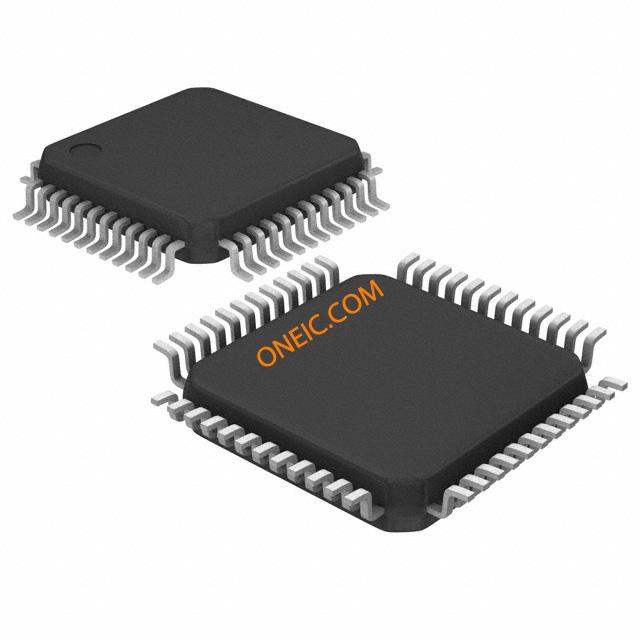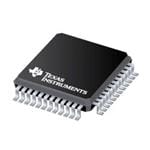MSP430F5310IPTR
16-bit MSP430 microcontrollers with 32KB flash memory in 48-pin LQFP packages
Manufacturer: ti
series introduction
# Introduction to the MSP430F5310IPTR Product Series
## 1. Overview
The MSP430F5310IPTR belongs to the MSP430 family of ultra - low - power microcontrollers developed by Texas Instruments. This product series is designed to meet the diverse requirements of various embedded applications, offering a combination of high performance, low power consumption, and rich peripheral features.
## 2. Key Features
### 2.1 Low - Power Performance
- **Multiple Power Modes**: The MSP430F5310IPTR features several power modes, including active mode, standby mode, and various sleep modes. In standby mode, the microcontroller can consume as little as a few microamps of current, making it ideal for battery - powered applications such as wireless sensors, wearable devices, and remote monitoring systems.
- **Dynamic Power Management**: It allows for dynamic adjustment of the power consumption based on the application's requirements. For example, during periods of low activity, the microcontroller can automatically enter a low - power mode, and quickly wake up when a specific event occurs, ensuring efficient use of power resources.
### 2.2 High - Performance CPU
- **16 - Bit RISC Architecture**: The MSP430F5310IPTR is equipped with a 16 - bit RISC (Reduced Instruction Set Computing) CPU. This architecture provides a high level of code efficiency, allowing developers to write compact and fast - executing programs. The CPU can execute instructions in a single clock cycle, enabling high - speed data processing and real - time control.
- **High Clock Speeds**: It can operate at relatively high clock speeds, up to 25 MHz. This high clock frequency enables the microcontroller to handle complex tasks such as signal processing, data encryption, and communication protocols with ease.
### 2.3 Rich Peripherals
- **Analog - to - Digital Converter (ADC)**: The device includes a high - resolution ADC, which can be used to convert analog signals from sensors into digital values. This is useful in applications such as environmental monitoring, where sensors measure parameters like temperature, humidity, and light intensity.
- **Universal Serial Communication Interfaces**: It supports multiple serial communication interfaces, including UART (Universal Asynchronous Receiver - Transmitter), SPI (Serial Peripheral Interface), and I²C (Inter - Integrated Circuit). These interfaces allow the microcontroller to communicate with other devices such as sensors, displays, and communication modules, facilitating data exchange and system integration.
- **Timer Modules**: The MSP430F5310IPTR has multiple timer modules, which can be used for a variety of purposes, such as generating accurate time delays, pulse width modulation (PWM) for motor control, and capturing external events.
### 2.4 Memory
- **Flash Memory**: It comes with a certain amount of on - chip flash memory, which is non - volatile and can be used to store the program code. The flash memory allows for easy reprogramming of the microcontroller, enabling developers to update the firmware as needed.
- **Random - Access Memory (RAM)**: The device also has a sufficient amount of RAM, which is used for storing temporary data during program execution. The available RAM ensures smooth operation of the microcontroller, especially when dealing with large amounts of data.
## 3. Package and Pinout
The MSP430F5310IPTR is available in a specific package, which provides a convenient way to mount the microcontroller on a printed circuit board (PCB). The package is designed to ensure good electrical performance and mechanical stability. The pinout of the device is carefully designed to provide easy access to the various peripherals and functions. Each pin has a specific function,
Images for reference

48-LQFP

Image Preview

Image Preview